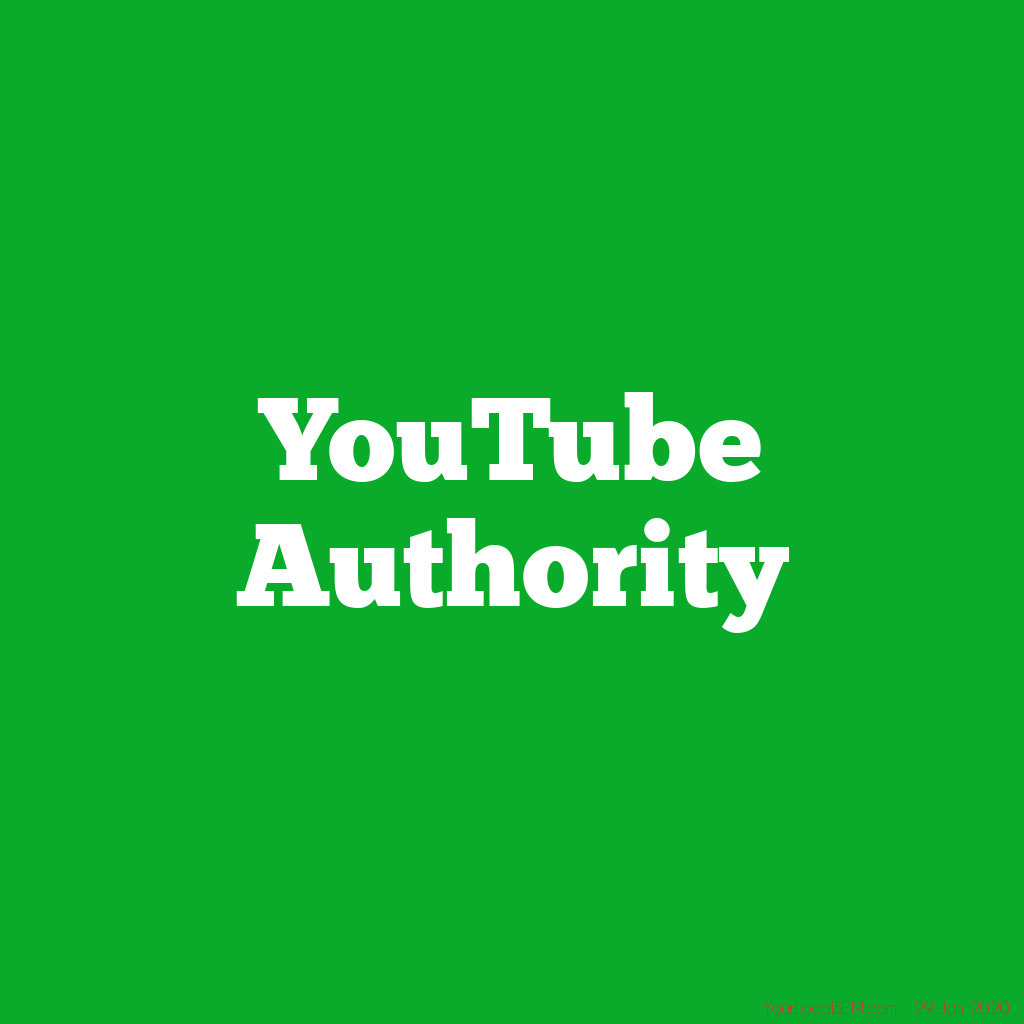Last Updated on 20 Feb 2023 by SEO Manager
YouTube Ads? YouTube Shorts? YouTube Marketing? Call the Experts today !
30 second Summary of the Article
The article discusses the various aspects of YouTube, including advertising, video shorts, and using video for marketing. It provides best practices for creating effective content in each of these areas, and highlights the importance of optimizing for mobile, using engaging visuals and sound, and incorporating a clear call-to-action. The article also discusses the emergence of video shorts on YouTube, and provides tips for creating short-form videos that capture viewers’ attention. Finally, it highlights the many ways that video can be used for marketing, and provides best practices for creating effective marketing videos.
What is YouTube and how it works and Why you Need it?
YouTube is a video-sharing platform that allows users to upload, view, and share videos. It was created in 2005 by three former PayPal employees and was acquired by Google in 2006. Today, YouTube has over two billion monthly active users and is the second most visited website in the world after Google.
The history of YouTube
YouTube got started in 2005 when three former PayPal employees, Chad Hurley, Steve Chen, and Jawed Karim, created the website as a platform for sharing videos. The first video uploaded to YouTube was titled “Me at the zoo” and was uploaded by Jawed Karim on April 23, 2005. The video was just 18 seconds long and featured Karim talking about the elephants at the San Diego Zoo.
In its early days, YouTube was mainly used to share personal videos, such as home videos and clips from concerts and events. However, as the platform grew in popularity, it began to be used for a wide range of purposes, including music videos, movie trailers, and instructional videos. Today, YouTube is used by individuals, businesses, and organizations to share a wide range of content with a global audience.
YouTube’s impact on popular culture
YouTube has had a significant impact on popular culture, particularly in the areas of entertainment and music. YouTube has given rise to a new generation of content creators who have built massive followings on the platform. These creators, often referred to as YouTubers, have become celebrities in their own right, with many of them branching out into other areas of entertainment, such as acting and music.
In addition to giving rise to new stars, YouTube has also disrupted the traditional entertainment industry. With the rise of YouTube, anyone can create and distribute content, which has led to a democratization of the entertainment industry. Today, many YouTubers have become so popular that they have been able to launch their own merchandise lines, music careers, and even their own TV shows.
YouTube’s advertising options
YouTube offers a range of advertising options for businesses and marketers who want to reach the platform’s massive audience. The most common types of YouTube ads are pre-roll ads, which are ads that play before a video starts, and display ads, which appear on the right-hand side of the screen. Other types of ads that can be run on YouTube include overlay ads, which appear at the bottom of the video player, and sponsored cards, which are small call-to-action overlays that appear within a video.
In addition to traditional ads, YouTube also offers non-skippable ads, which are ads that cannot be skipped by viewers, and bumper ads, which are six-second ads that play before a video starts. YouTube also offers the option to run ads on a cost-per-view (CPV) basis, which means that advertisers only pay when a viewer watches the entire ad or clicks on a call-to-action.
Best practices for creating effective YouTube ads
To create effective YouTube ads, it’s important to keep in mind that viewers are often watching videos for entertainment or educational purposes, so your ad should feel like a natural part of their viewing experience. Here are some tips for creating effective YouTube ads:
- Keep your ad short and to the point. Most YouTube viewers will only watch an ad for a few seconds before they decide whether or not to skip it, so it’s important to make your message clear and concise.
- Make sure your ad is visually appealing. YouTube viewers are used to high-quality, visually engaging content, so your ad should be no exception.
- Use humor, emotion, or storytelling to capture viewers’ attention. YouTube viewers respond well to ads that are funny, heart warming, or tell a story that they can relate to.
- Incorporate a clear call-to-action (CTA) into your ad. Whether it’s encouraging viewers to visit your website, download an app, or sign up for a free trial, a clear CTA can help drive conversions.
- Make sure your ad is optimized for mobile. With more than 70% of YouTube views happening on mobile devices, it’s important to ensure that your ad looks and performs well on smaller screens.
The emergence of video shorts on YouTube
In September 2020, YouTube launched a new feature called Shorts, which allows creators to upload short-form vertical videos that are up to 60 seconds in length. The feature is designed to compete with other social media platforms, such as TikTok and Instagram Reels, which have become increasingly popular in recent years.
Shorts is still in beta testing in some countries, but it has already become a popular feature on the platform. According to YouTube, Shorts has already garnered more than 6.5 billion daily views, with more than 15 billion daily views in India alone.
How to create effective video shorts
Creating effective video shorts on YouTube requires a different approach than creating longer-form content. Here are some tips for creating engaging and effective short-form videos:
- Keep it simple. With only 60 seconds to work with, it’s important to keep your message clear and concise.
- Use sound to your advantage. Music and sound effects can help enhance the emotional impact of your video and capture viewers’ attention.
- Use visual effects to add interest. From filters to text overlays, there are a range of visual effects that can help make your video stand out.
- Experiment with different formats. Try out different styles of video, such as animation or stop-motion, to see what resonates with your audience.
- Use trending topics to your advantage. By creating videos that are related to trending topics or hashtags, you can increase the chances of your video being discovered by a wider audience.
How to use video for marketing
Video is a powerful tool for marketing, as it can help businesses and organizations tell their story in a compelling and engaging way. Here are some ways that video can be used for marketing:
- Product demos: Video can be used to showcase a product or service in action, giving viewers a better understanding of how it works.
- Testimonials: By featuring customer testimonials in a video, businesses can help build trust and credibility with potential customers.
- How-to guides: Video can be used to create instructional content that shows viewers how to use a product or service.
- Brand awareness: Video can be used to showcase a brand’s personality and values, helping to build a connection with viewers.
Best practices for creating effective marketing videos
To create effective marketing videos, it’s important to keep in mind that viewers are often looking for entertainment or educational value, so your video should be informative, engaging, and visually appealing. Here are some tips for creating effective marketing videos:
- Keep your video short and to the point. Most viewers will only watch a video for a few minutes, so it’s important to make your message clear and concise.
- Use storytelling to capture viewers’ attention. By telling a story that resonates with viewers, you can help build an emotional connection with your audience.
- Use high-quality visuals and sound. Viewers are used to high-quality, visually engaging content, so your video should be no exception.
- Incorporate a clear call-to-action (CTA) into your video. Whether it’s encouraging viewers to visit your website, sign up for a newsletter, or make a purchase, a clear CTA can help drive conversions.
- Optimize your video for search. By using relevant keywords in your video title, description, and tags, you can increase the chances of your video being discovered by a wider audience.
- Share your video on social media. Once your video is complete, share it on your brand’s social media channels to help increase its visibility.
- Measure your video’s success. Use analytics tools to track how many people are viewing your video, where they are coming from, and how long they are watching. This can help you refine your video strategy and make improvements for future videos.
Conclusion: Why You Need YouTube !
YouTube is a powerful platform that can be used for advertising, creating video shorts, and marketing. By following best practices for each of these areas, businesses and organizations can use YouTube to reach new audiences and build stronger connections with their customers. Whether you’re creating a long-form ad, experimenting with video shorts, or using video to tell your brand’s story, there are endless opportunities to make an impact on YouTube. With the right strategy and execution, YouTube can be a valuable tool for any business or organization looking to build their online presence and drive growth.
More Reasons to Contact Us for Questions
- YouTube advertising
- Video shorts on YouTube
- Effective marketing videos
- Best practices for YouTube marketing
- Using video for brand awareness
Here is how to Find out More about YouTube
- https://www.wordstream.com/blog/ws/2019/08/08/youtube-advertising
- https://www.socialmediaexaminer.com/how-to-create-youtube-shorts-for-businesses/
- https://www.bigcommerce.com/blog/youtube-marketing/
- https://www.searchenginejournal.com/youtube-shorts-guide/412194/
- https://www.impactbnd.com/blog/video-marketing-strategy
More Ways to Search on the Net for YouTube Video Related Info
#YouTube, #VideoMarketing, #VideoShorts, #MarketingTips, #Advertising

